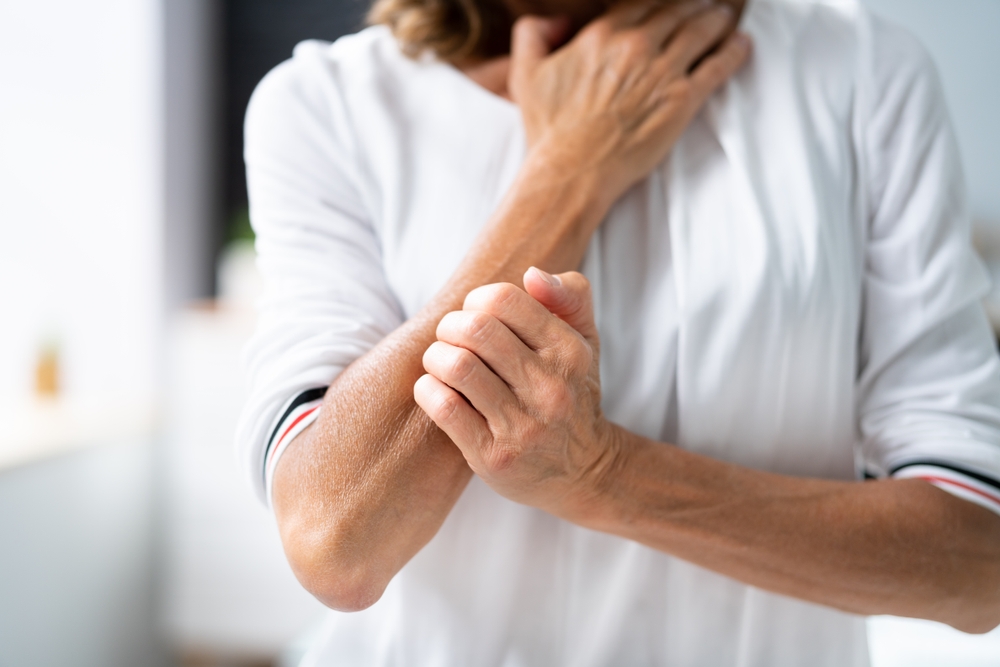Indoor spaces, where many of us spend the majority of our lives, conceal a hidden threat: contaminants that enter not only through the air but also through our skin. Dive into the realm of semi-volatile organic compounds, investigating their origins and how they affect your health. Let us unlock the secrets of skin absorption and provide you with practical solutions for a better interior environment.
Understanding the invisible threat: semi-volatile organic compounds
Volatile organic compounds (VOCs) emitted by ordinary goods linger in the restricted spaces of our homes. A subset of these molecules, known as semi-volatile organic compounds, can stick to surfaces and enter our bodies via the skin, in addition to being inhaled. Let’s demystify the science behind semi-volatile organic compounds and their potential health impacts.
The culprits: phthalates – ubiquitous and unseen
Meet phthalates, the unseen contaminants found in plastics, building materials, and personal care goods. Phthalates, which have been linked to a variety of health issues, including decreased sperm quality and cardiovascular problems, are ubiquitous in our lives. Discover how these widespread substances get into our systems and why minimizing exposure is critical.
Skin as a gateway
In one investigation, researchers exposed subjects to increased phthalate levels to see how skin absorption compared to inhalation. The startling results revealed a large intake of phthalates from skin exposure alone, underscoring the importance of addressing this often overlooked route of exposure.
Clothing, an inconspicuous reservoir
Your wardrobe may include more than simply clothes. Examine how even supposedly clean garments can serve as a storage for toxins. Discover insights from tests in which participants wearing contaminated clothes reported increased exposure levels, emphasizing the necessity of clean clothing in reducing skin absorption.
Beyond phthalates
Phthalates are only the tip of the iceberg. Investigate studies indicating that chemicals such as nicotine and PFAS (perfluoroalkyl and polyfluoroalkyl compounds) can permeate the skin. Understand the broader consequences of indoor air quality and how numerous pollutants can enter your body via this overlooked pathway.
Understanding how these contaminants reach your body is important because this will affect how they impact your health. Chemicals ingested travel through the intestines and liver before entering the bloodstream. Inhaled chemicals initially traverse the lungs, potentially being directly absorbed into the blood. Similarly, chemicals that permeate the skin can swiftly enter the bloodstream, requiring no open wound for absorption.
Even when exposure levels are comparable, the concentration of pollutants in the body differs based on the route of exposure. For instance, a study compared the concentration of bisphenol-A in the liver and kidney resulting from oral ingestion versus skin exposure. The findings revealed significant variations in concentrations in the kidney and liver, depending on the exposure route.
Practical solutions for safeguarding your space
Now that you understand the risk, it’s time to take action. Provide yourself with realistic ideas to fortify your indoor environment.
1. Choose low-emission building materials to reduce pollution sources.
2. Clean indoor surfaces regularly to remove any chemicals that have accumulated, particularly dusty surfaces.
3. Wash clothing and bedding frequently, and wash new clothes before wearing them to avoid skin absorption of harmful chemicals.
4. Proper ventilation or regular airing out of your home can help lower airborne pollution concentrations.
5. Maintain excellent hygiene – showering and cleaning hands after exposure might help reduce skin absorption.
Implementing these procedures allows you to regain control of your interior environment, lowering the risk of skin absorption and improving overall air quality.











